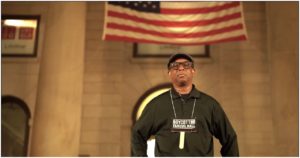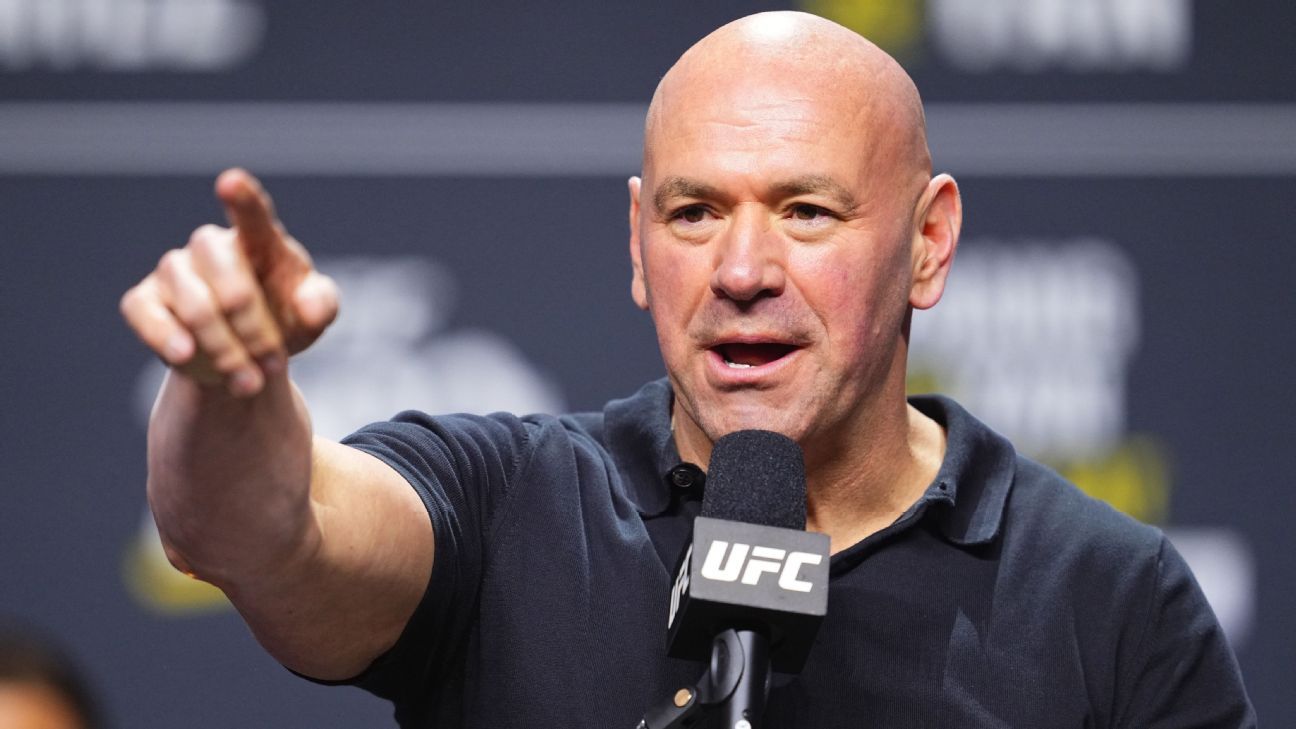Marcus Nispel’s gritty 2000s era Frankenstein TV Movie for the USA Network is an odd entity that’s a fascinating product of its time, for better and for worse.
“Bobby wasn’t a freak of nature. He was better than nature.”
Mary Shelley’s Frankenstein, or The Post-Modern Prometheus, has challenged and entertained audiences for over 200 years and proven itself to be one of horror’s most evergreen stories. The basic Frankenstein creation myth has been tackled in everything from The X-Files to X-Men, fueling expressive gothic horror or absurdist farces, like in Young Frankenstein or Frankenhooker. Mary Shelley’s Frankenstein is a universal story that naturally lends itself to endless reinventions and reimaginings. Frankenstein and his Monster have found their way into horror, science fiction, comedy, anime, and so much more. Marcus Nispel had made waves with his successful remake of The Texas Chainsaw Massacre. Nispel’s follow-up project would be a bold take on Frankenstein’s Monster that was developed in conjunction with Dean Koontz. Nispel’s Frankenstein attempts to transform Mary Shelley’s classic story into a nihilistic detective drama that blends crime with the occult.
Nispel’s Frankenstein had many successful ingredients, including Martin Scorsese as an executive producer and one of The X-Files’ best writers on board. Nevertheless, Nispel’s film is a disastrous misfire that’s deader than a heap of corpses and especially obscure and forgotten. Nispel’s Frankenstein fails as the “Post-Post-Modern Prometheus,” but it remains a fascinating relic that’s even more interesting to dissect following Guillermo del Toro’s new definitive adaptation.
2004 turned out to be an especially fortuitous year for Frankenstein, marking the release of three incredibly different projects. In addition to Marcus Nispel’s film, there was Stephen Sommers’ Van Helsing, which didn’t exactly do Frankenstein and his Monster justice. It’s still compelling to see such wildly different tonal extremes on the subject matter being released at the same time and giving audiences whiplash. This includes 2004’s Hallmark Channel two-part 177-minute Frankenstein miniseries with William Hurt, Donald Sutherland, and Dan Stevens, which attempted to present an accurate adaptation of Mary Shelley’s novel, rather than the more stylized and post-modern approaches taken with Nispel’s Frankenstein and Van Helsing.
Frankenstein was initially developed as a pilot for the USA Network, only for it not to get picked up when it came time for the cable channel to fill its schedule for the year. The USA Network would instead salvage what was shot and release it as a TV movie, which was a relatively common practice at the time for the more promising – or expensive – TV pilots. In Frankenstein, Dr. Frankenstein is reimagined as Dr. Victor Helios (Thomas Kretschmann), a deranged bio-hacker whose cruel creations begin to rack up a body count in New Orleans. When New Orleans’ police department struggles to piece together the clues, they make a major breakthrough when they find an unlikely ally in Dr. Helios’ original science experiment – Deucalion (Vincent Perez), the series’ take on Frankenstein’s Monster. Frankenstein presents Deucalion as the unsung hero of this story, and his crazed creator is the one who should be behind bars.
Frankenstein is so deeply steeped in an early 2000s aesthetic that it makes it a rather nostalgic visit. It’s written like an X-Files episode, but shot like Se7en. It’s also full of gratuitous, tasteless sex, much like you’d come to expect from a 2000s-era USA Network series. Looking past its decade’s trappings, USA’s version assembles an impressive team of talented artists. David Lynch mainstay, Angelo Badalamenti, even composes the music for Frankenstein’s techno theme. However, their skills fail to properly come together here, aptly enough, like some malformed Frankenstein’s Monster. It’s as if the host is rejecting these grafted body parts, and this compelling project begins to rot and fall apart over time. Frankenstein’s general X-Files vibe makes sense considering that it’s scripted by John Shiban, who wrote over 60 episodes of the formative sci-fi/horror series. Shiban definitely channels his inner X-Files with Frankenstein, and it’s easy to picture Mulder and Scully in place of Parker Posey‘s Detective O’Connor and Adam Goldberg‘s Detective Michael Sloane.
Another curious production hiccup that Frankenstein faced was that it was initially conceived as a Dean Koontz project. Creative differences led to Koontz exiting the project (which triggered similar feelings in Martin Scorsese, who was attached as an executive producer), yet he took his original pitch and turned it into a series of five novels, Dean Koontz’s Frankenstein. These novels are a fascinating counterpoint that begin in a comparable place, and even have characters with the same name as their TV counterpart, only to head down deeper into a bio-android and wetware rabbit hole. Anyone who is at least slightly interested in Nispel’s film should also check out Koontz’s expanded take on the material, which ironically has come close to its own TV and film adaptations.
One of Frankenstein’s most interesting elements is that it argues that Victor Helios and Deucalion are the real Frankenstein and Monster that Mary Shelley’s story is based upon. They’ve been hiding in the shadows for 200 years, until now, when Helios creates more abominations and Deucalion tries to revolt and survive. It’s a curious, creative idea, and this revisionist history approach allows this Frankenstein reimagining more freedom, even if all the ideas don’t necessarily work. There are some genuinely interesting additions to the Frankenstein’s Monster lore. Frankenstein posits that the pieces of the Monster’s body were made from serial killers and other cursed individuals, as if he’s some Freddy Krueger-esque byproduct of a million maniacs. Deucalion also has a tendency to repeatedly electrocute himself. It’s unclear exactly why he does this. It seems to give him extra power that makes him stronger, but it’s really just presented as a bizarre sequence that’s meant to unnerve the audience and qualify as a scare.
Frankenstein starts to craft an intense rivalry between Deucalion and Helios, which is inevitably rushed and doesn’t receive a ton of closure because this was developed as a pilot, not a self-contained movie. This would have presumably been a storyline that carries and develops throughout the entire series. Frankenstein’s introduction to its dire world follows a serial killer, “The Surgeon,” who takes victims’ organs in order to help himself evolve. It’s not far off from Buffy the Vampire Slayer’s take on Frankenstein’s Monster, “Some Assembly Required,” but considerably edgier and more grim-dark. Nispel gleefully indulges in developing the proper hooded loner look for Deucalion and making sure that his home looks like a combination of a workshop, serial killer’s lair, darkroom, and sewer.
Frankenstein is bogged down by some regrettable 2000s era stereotypes, like a mute child who cryptically communicates by building endless toy castles. There’s also dialogue like, “Over 200 years I’ve learned a lot about locks,” which reflects the caliber of writing when it comes to Frankenstein’s plot and how Deucalion has managed to survive for so long. There’s a lot to poke fun at in Frankenstein, but there’s also plenty that works. Parker Posey, for instance, is always a delight and is consistently entertaining as Detective O’Connor. Michael Madsen also hams it up and chomps scenery in every scene that he’s in, which is a real treat. Nispel channels something intriguing during the sequence of Deucalion’s awakening. There are shades of Nispel’s work on Texas Chain Saw Massacre thrown in, but Frankenstein still demonstrates a unique personality that puts a fresh stamp on the whole “It’s Alive!” sequence. There’s a very Engineer from Prometheus vibe that’s going on here, if nothing else. The movie also builds to a decent third-act twist that heads into some dark territory that’s reminiscent of Nispel’s other work, despite still adhering to cable TV’s limitations.
Frankenstein for the USA Network isn’t some undiscovered masterpiece, but it’s an intriguing oddity, an interesting stepping stone in Nispel’s career, and a genuinely creative take on the Frankenstein mythos, even if it’s not anything revolutionary. One can’t help but give the series the benefit of the doubt had it been picked up to series, especially with John Shiban presumably showrunning. His experience on X-Files and later Supernatural, Breaking Bad, and Ozark proves he had the chops for crafting compelling monster-of-the-week procedural storytelling that can connect together with a larger, serialized narrative. Even just a full season of Frankenstein would have likely been compelling television that could subvert and surprise. Shiban might have even been able to get Vince Gilligan in the writers’ room, which would have been the perfect match for this type of series. As an 87-minute standalone offering that’s not allowed the chance to grow, Frankenstein’s wings are naturally clipped, yet it’s an entertaining relic of its time that’s rich in strong talent both in front and behind the camera.
Marcus Nispel’s Frankenstein can be streamed for free on Tubi and Pluto TV.







